9 New Android Devices That Blatantly Copied iPhone X’s Notch
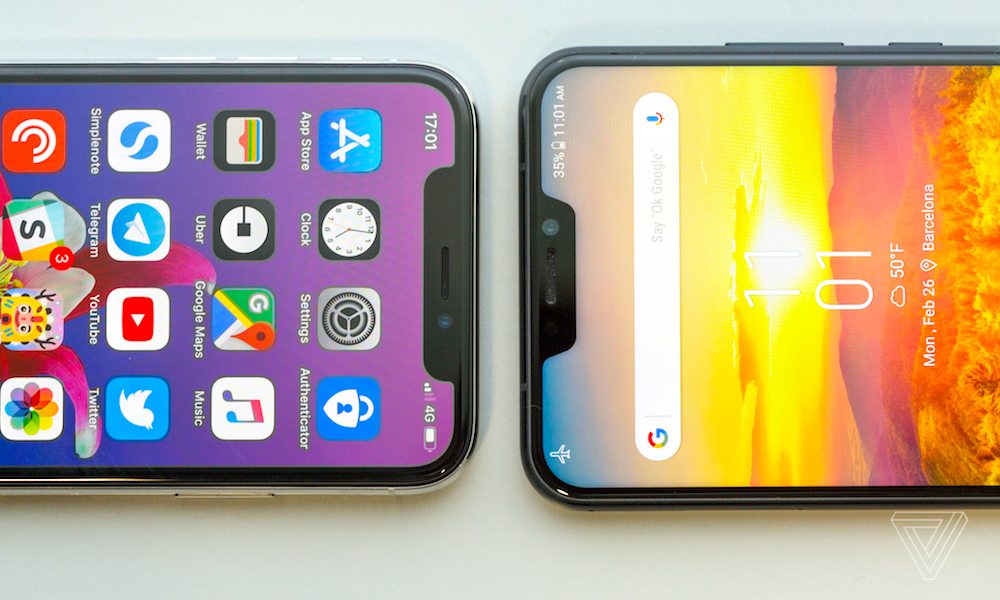 Credit: Vjeran Pavic / The Verge
Credit: Vjeran Pavic / The Verge
The clones are attacking at this year’s Mobile World Congress in Barcelona. Clones, specifically, that basically steal the iPhone X’s distinctive sensor “notch.” The notch, undoubtedly, is a contentious issue. Many people hate it, while others don’t mind it. But that controversy hasn’t stopped a slew of Android makers from just blatantly copying the design — for really no apparent reason other than for the sake of copying it.
Along with rumored upcoming "notch-adopting" devices by Huawei and OnePlus, there was a slew of Android devices with the familiar silhouette at MWC. Use the Right Arrow to Browse 9 New Android Devices That Blatantly Copied iPhone X's Notch
9 UleFone T2 Pro
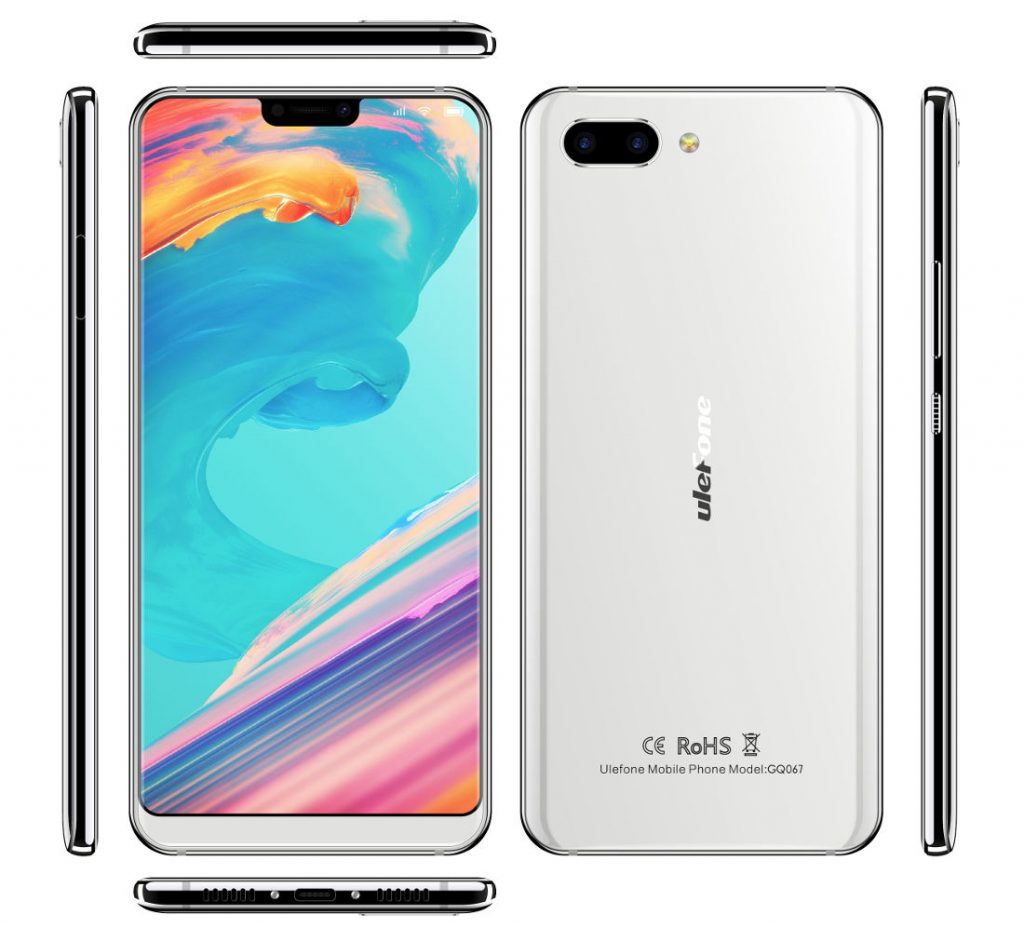
The latest flagship from little-known Chinese manufacturer UleFone, the T2 Pro packs a MediaTek P70 CPU, 8GB of RAM, 128GB of internal storage, and a fairly large 6.7-inch HD display. But yes, the most distinctive thing about the T2 Pro is that it “borrowed” the most distinctive thing about the iPhone X.
Like with many other devices on this list, there’s little apparent reason for the notch. Unlike the iPhone X, which uses that space to house a suite of advanced 3D scanning sensors, the T2 Pro simply uses it for its front-facing camera and speakerphone.
8 Blackview A30
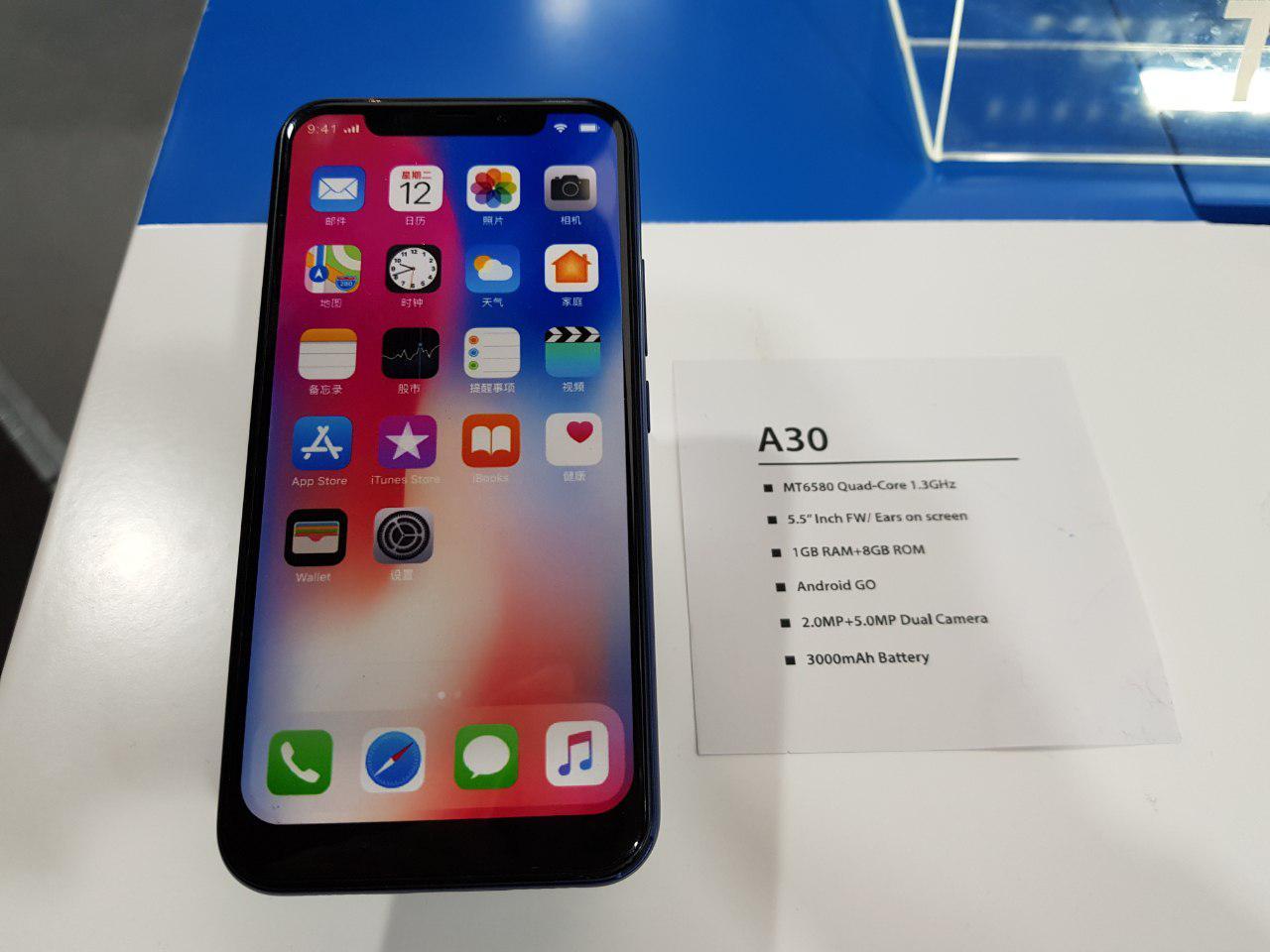
Blackview is a smaller smartphone maker apparently based in Hong Kong. And with its newest A30 handset, it’s betting that there are plenty of users who want an iPhone X-style device for a much, much lower price.
The A30 only packs in 1GB of RAM and 8GB of internal storage. But it retails for about $40, so it might be the best way to get a phone with a notch on the cheap. Amusingly, Blackview apparently didn’t have a prototype ready in time, so the firm printed out a picture of an iPhone X display to paste on top of a mockup.
7 NOA N10
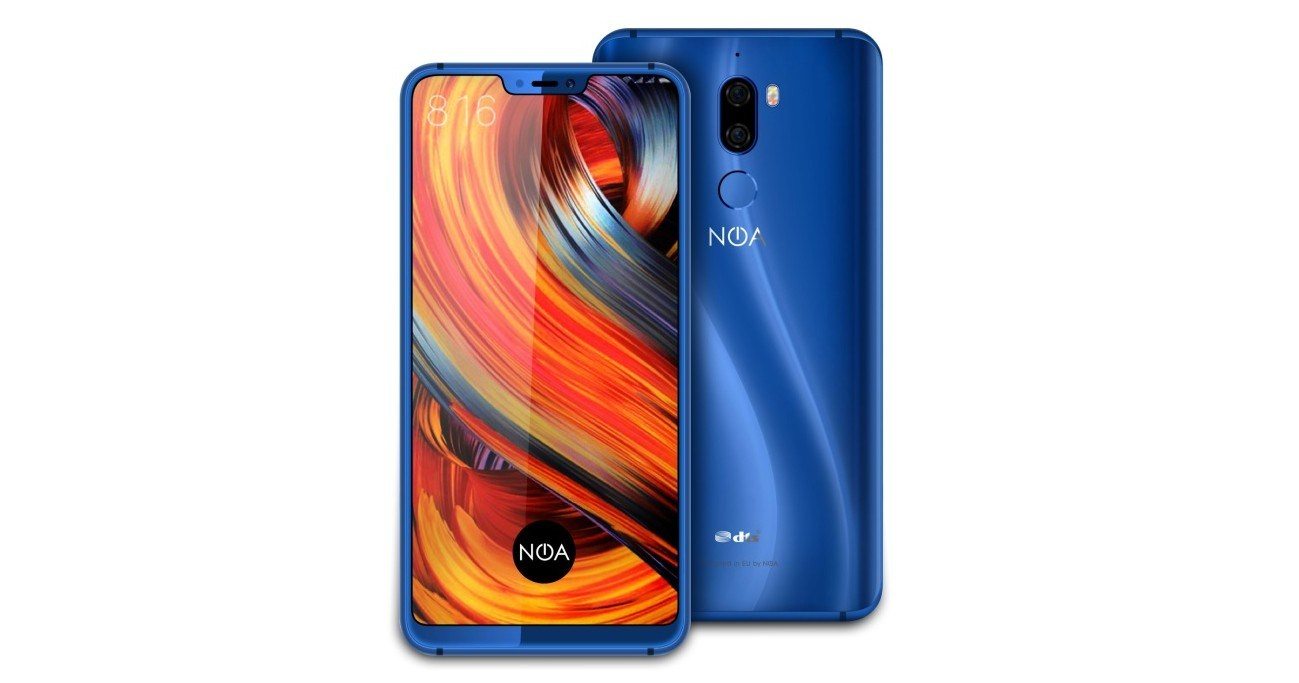
NOA may be unique in that it’s the only Android maker based in Croatia on this list. But, at MWC, its N10 device really isn’t. Inside, the N10 comes equipped with 64GB of expandable storage, a dual SIM card tray, 4GB of RAM, and a MediaTek MT 6763 processor.
Along with an iPhone X-esque notch, the N10 also sports a dual-camera setup with a relatively impressive 16MP Sony sensor. But those aren’t the only Apple-style features. Interestingly enough, the N10 also sports a facial recognition system that the firm is creatively calling “Face ID.”
6 Vernee M7
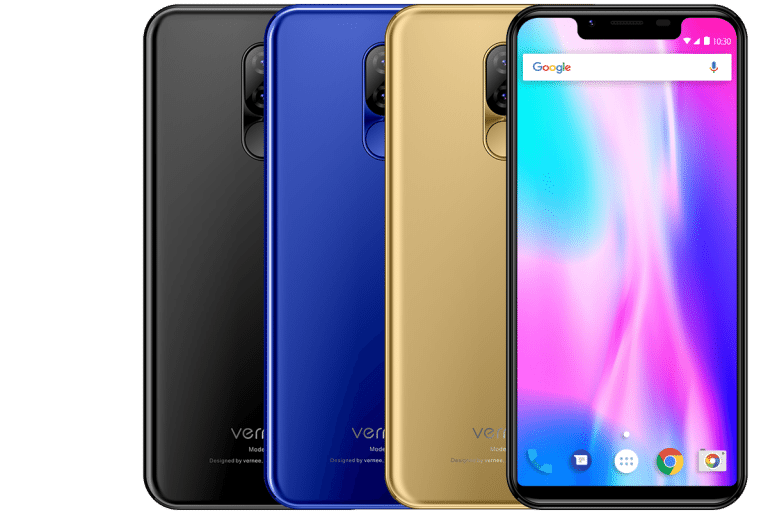
Vernee is a Shenzhen, China-based smartphone manufacturer. And, as you’ve probably guessed by now, its latest smartphone — the Vernee M7 — also sports a suspiciously familiar notch design.
Specification-wise, the M7 is a fairly standard mid-range Android handset. Perhaps more interesting than the silhouette or features of the device, however, is the official announcement blog post on the company's website which blatantly claims that the “special-shaped screen” of the iPhone X (which its device shares) is the new industry standard design for smartphones.
5 Oukitel U18
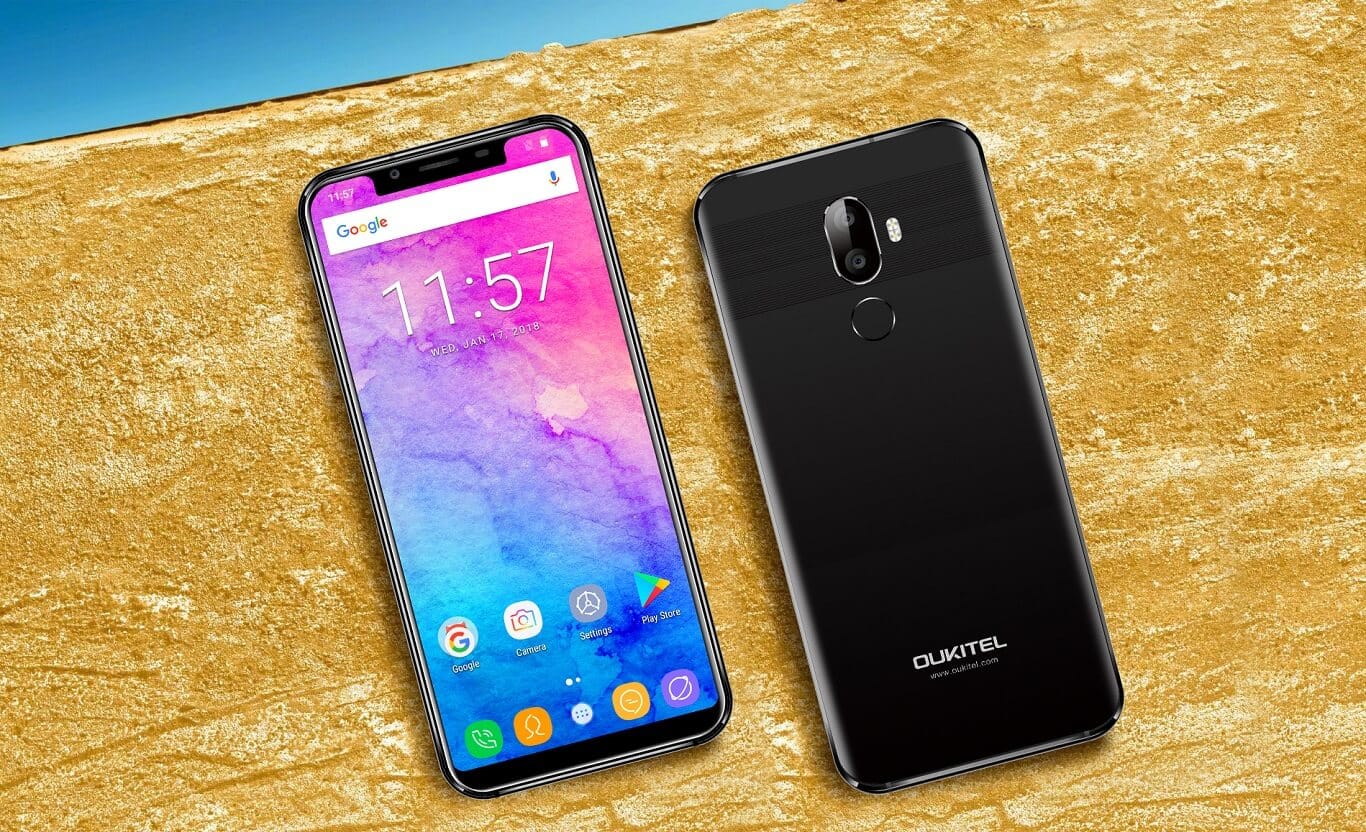
Oukitel is a Chinese handset maker that is famous for outfitting its devices with large batteries. The company’s latest U18 smartphone is no different — it sports a 4,000mAh battery. That’s pretty impressive, relatively speaking, for this form factor and size.
Like the other devices on this list, the Oukitel U18 copies the iPhone X’s familiar and distinctive silhouette. And it even appears to have modified its version of Android to accommodate the notch rather cleanly. As far as its other specs, it sports a 5.85-inch display, a MediaTek MT6750T CPU, 4GB of RAM, 64GB of storage, and a dual-camera setup on the rear.
4 DOOGEE V5
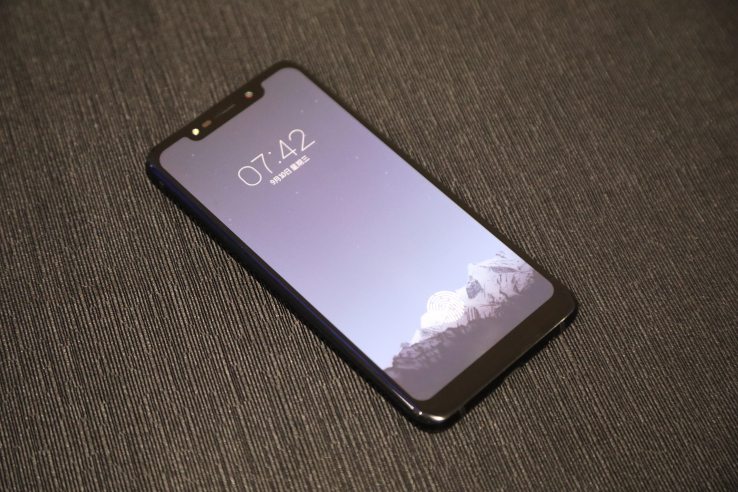
Chinese Android manufacturer DOOGEE took its iPhone X-esque device a step further than some of the others on the list. Not only does it have a notch, but it also sports a feature that was once rumored to appear on the latest Apple flagship.
In lieu of a facial recognition system, the DOOGEE V5 packs an in-display fingerprint sensor. The device also sports a 6.2-inch display and wireless charging technology, presumably based on the Qi standard. Though DOOGEE hasn’t officially revealed a price for its handset, many of its other devices run for about $200.
3 Leagoo S9 & S9 Pro
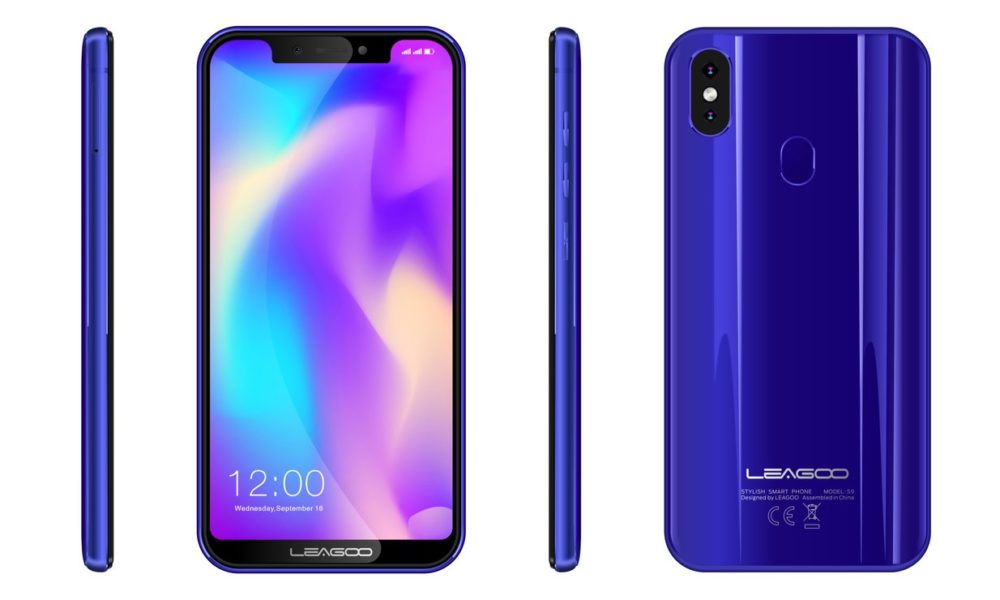
The Leagoo S9 is a Chinese-made smartphone that’s actually been featured in an iDrop News piece before — specifically, this one. Though, to be absolutely fair, the S9 never tried to pass itself off as a legitimate iPhone (unlike other devices on that list). Nevertheless, the Leagoo S9 resurfaced at MWC this week.
The Leagoo S9 and S9 Pro both sport an iPhone-style notch, as well as a mixed glass and metal construction. Despite the fact that its design is derivative, it packs a fairly impressive set of specs for a mid-range Android device: an AMOLED display, a pair of 16MP camera sensors, 6GB of RAM and 128GB of internal storage. It’ll also retail for under $300.
2 LG G7
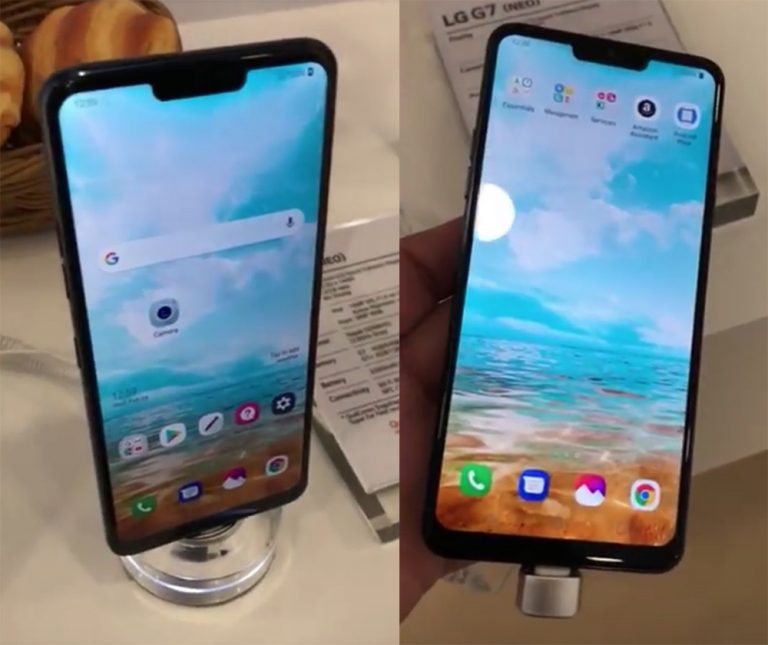
Despite a report that LG would rebrand its G-series smartphones, the South Korean tech company apparently showed a device called the G7 at MWC, according to Israeli-based tech publication Ynet. And yes, of course, the Android flagship also a notch akin to Apple's latest and greatest.
To be fair, it’s unclear whether this is actually LG’s newest flagship, or whether it’s simply a prototype handset under a temporary moniker. It'd be interesting if LG backpedaled on its decision to release its newest flagships under a moniker. Either way, it reportedly packs two 16MP cameras, a rear fingerprint sensor, 4GB of RAM, a 3,000 mAh battery, and a Qualcomm Snapdragon 845 CPU.
1 ASUS ZenFone 5
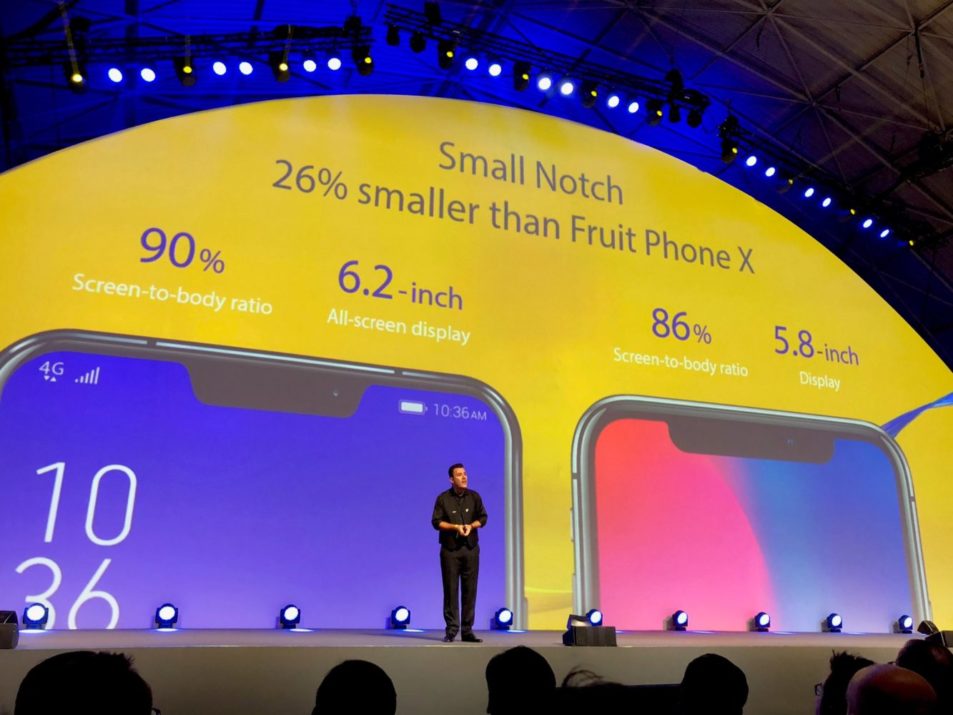
ASUS is perhaps the most high-profile notch “borrower,” mostly because of how bold it was in copying the design. Rather than slyly hinting at the iPhone X, ASUS blatantly compared their ZenFone 5’s notch to Apple’s — boasting that theirs is smaller than the notch on the so-called “Fruit Phone X.”
The Taiwanese electronics firm even called attention to the potential backlash, telling The Verge that though “some will say it’s copying Apple,” the firm is just giving users "what they want.” Not content to just copy the iPhone X’s design, ASUS even went so far as to claim that its flagship is superior to the “Fruit Phone” because it sports a better screen-to-body ratio and an overall larger display.
